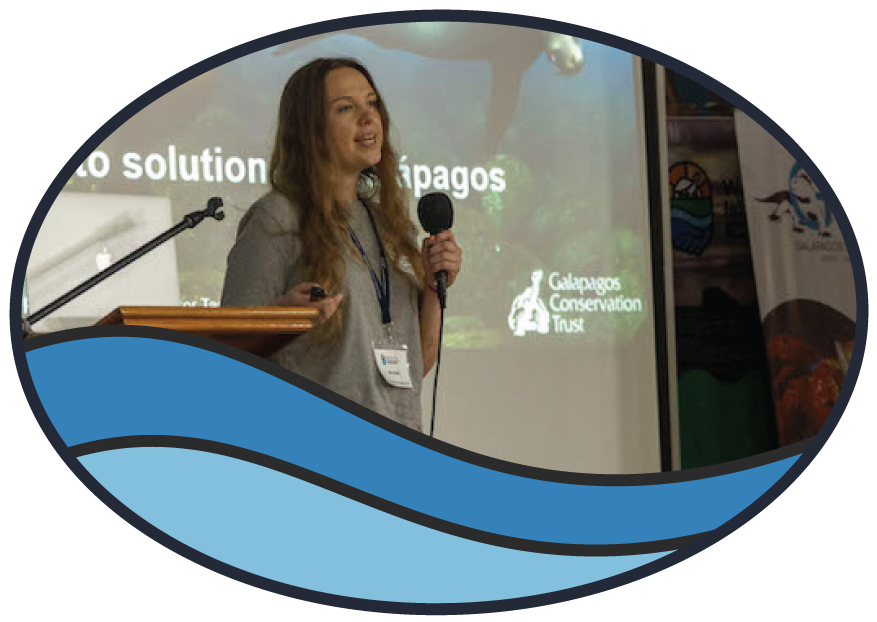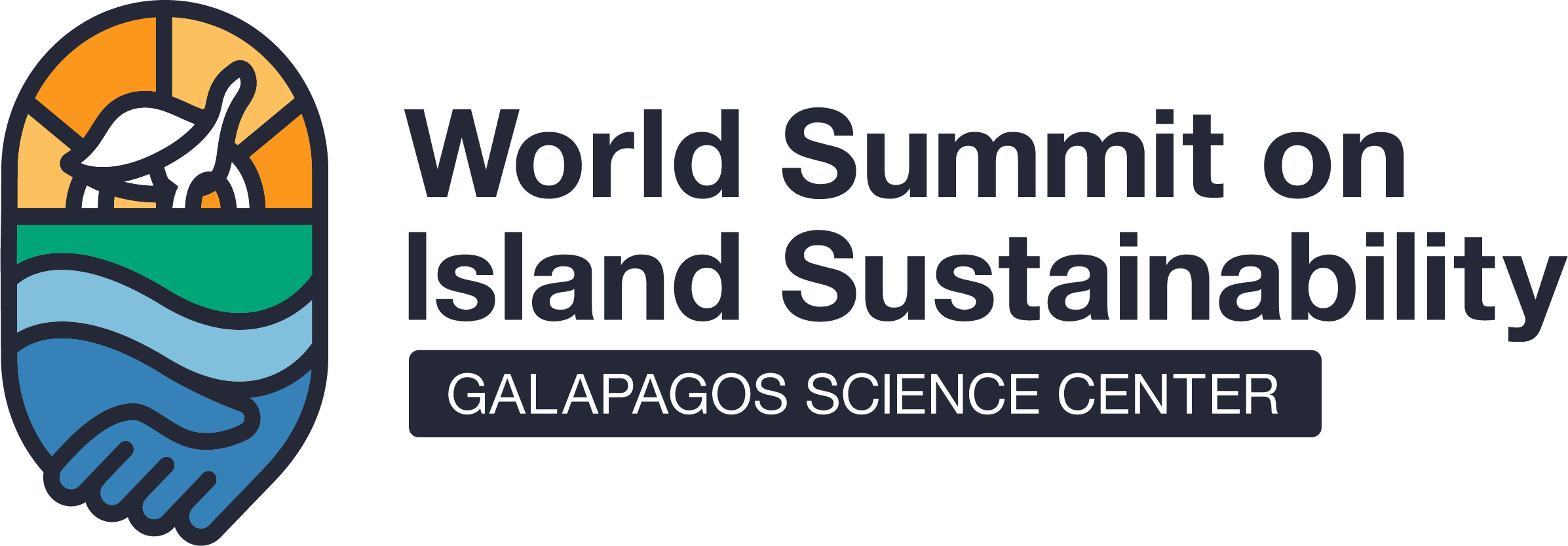Scientist Presentations
The World Summit brought together invited speakers from UNC, USFQ, and international partners to discuss how to ensure healthy island ecosystems for future generations. Please take a look at a variety of presentations below.
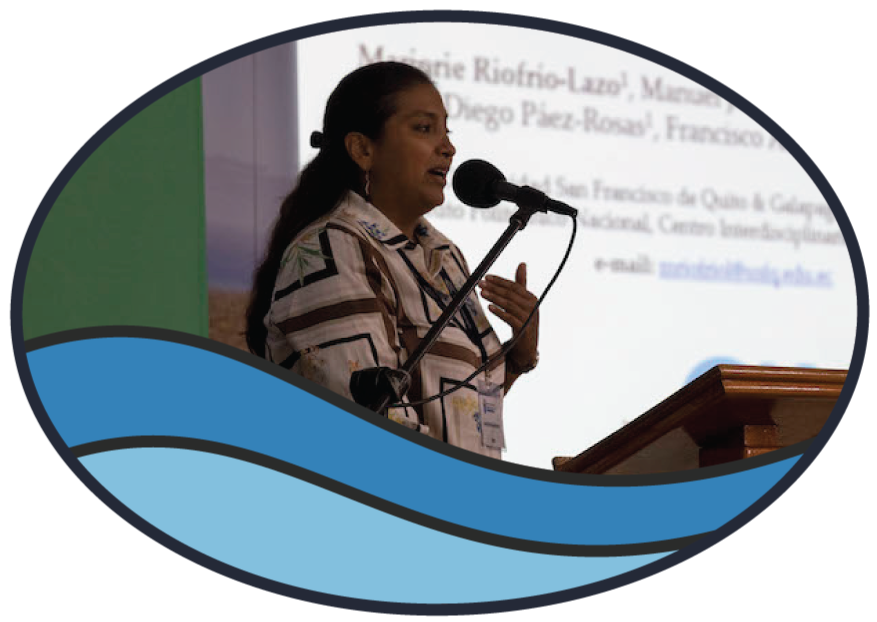
Marjorie Riofrio-Lazo
University San Francisco de Quito
Trophic Web Structure and Ecosystem Attributes of the Galapagos Islands Shelf
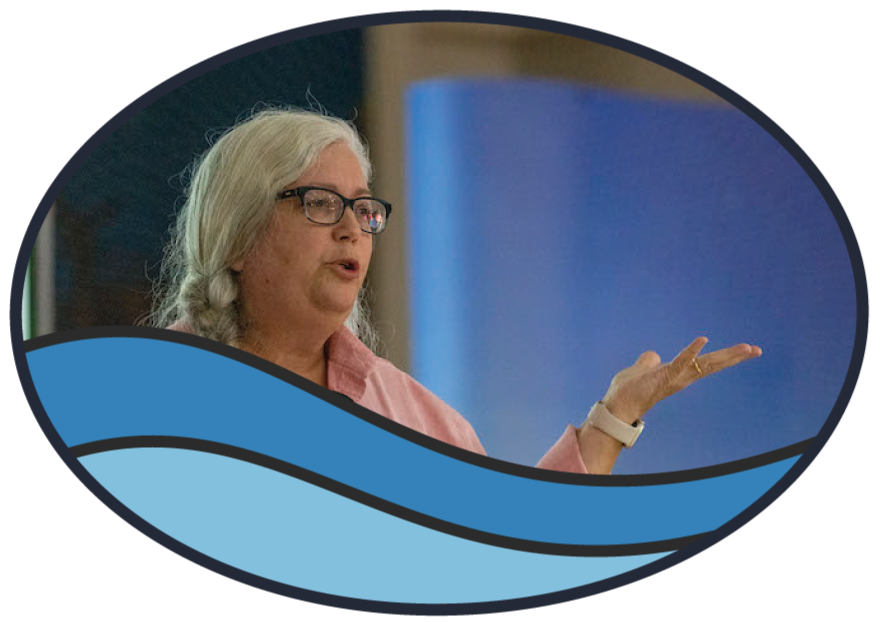
Kathy Townsend
University of the Sunshine Coast
Kathy talks about Lady Elliot Island and its importance as a refuge for species that migrate due to heat waves that develop in the ocean. This island is located in the south of the Great Barrier Reef.
Critical knowledge to support resilience-based management of the Great Barrier Reef
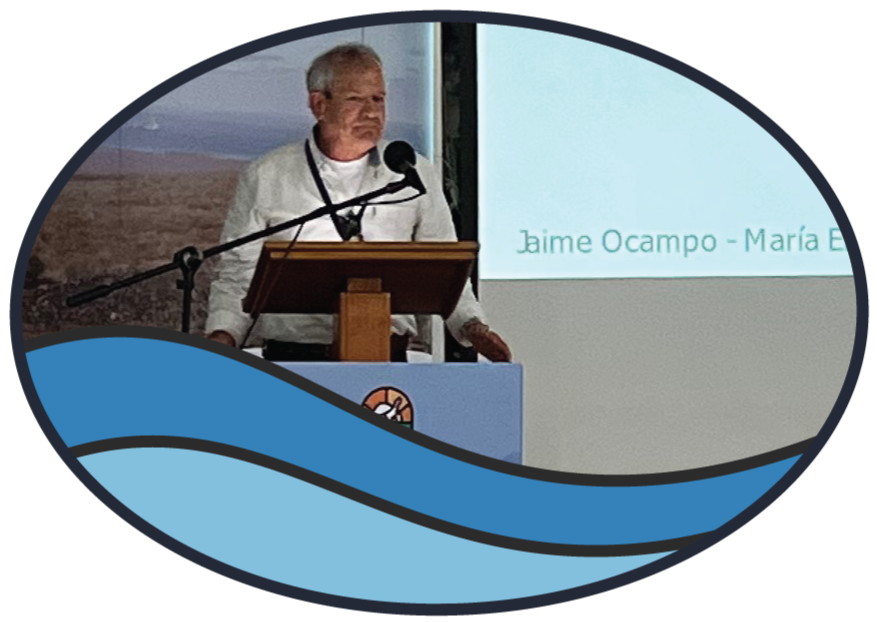
Jaime Ocampo
University San Francisco de Quito
Jaime tells us how the GSC works closely with the community in search of improvements in the health system of the archipelago, in order to meet objective 3 of the UN sustainable development plan, which refers to health and welfare.
Advances in the Galapagos Health System Telemedicine, research and medical assistance
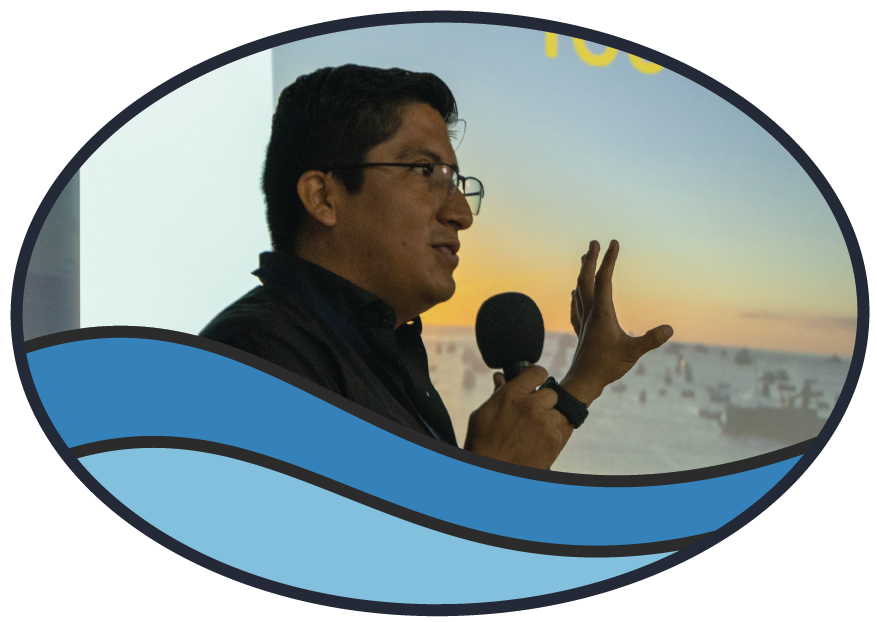
Andrés Pazmiño
University San Francisco de Quito
If we want the participation of the community, we must listen to it and know it
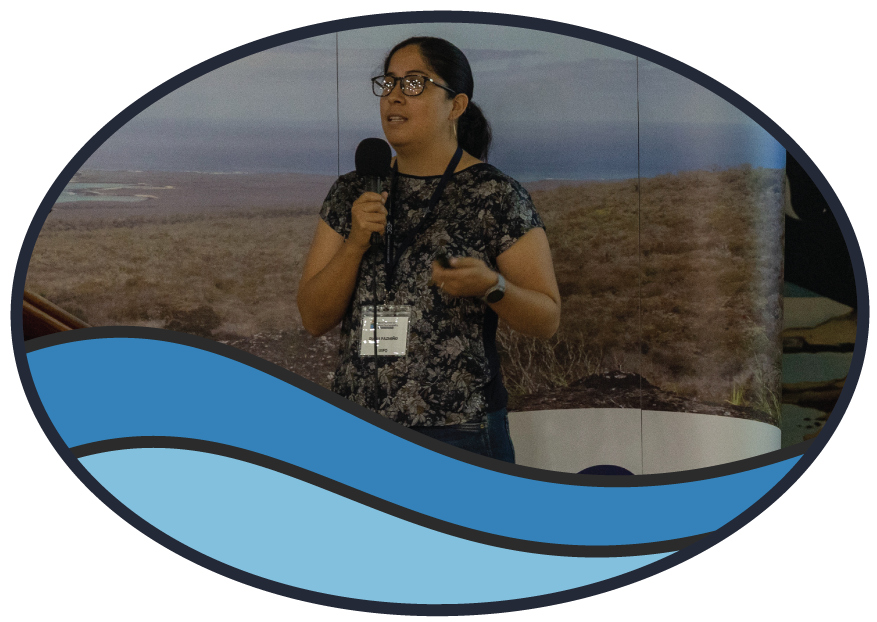
Diana Pazmiño
University San Franciso de Quito
Diana presents about the Barcode project, which unites science with the community to create the genetic database of the Galapagos biodiversity. The Barcode project aims to record the unique genetic fingerprint of each species.
Creating a genetic database of the biodiversity of the Galapagos Islands - Barcode
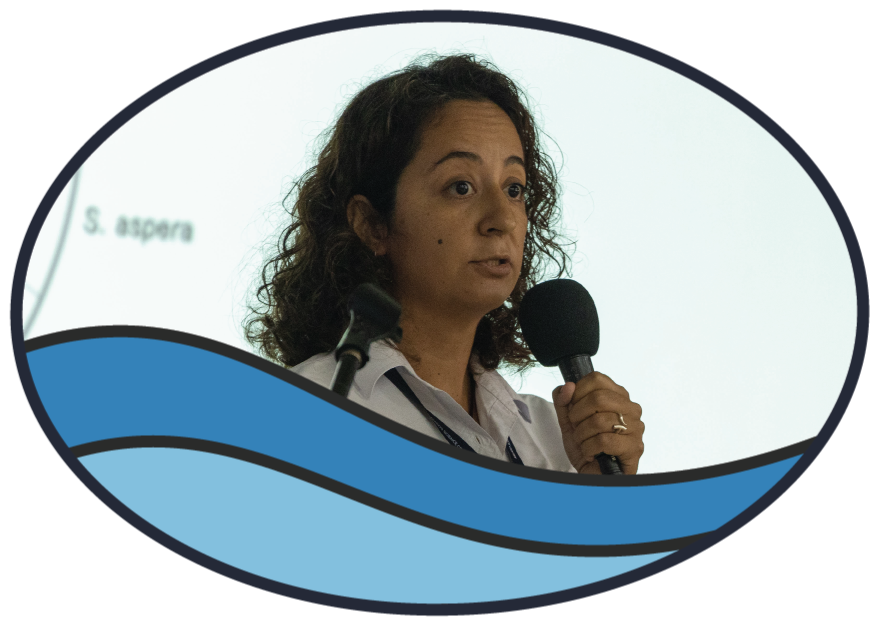
Carolina Carrión Klier
Charles Darwin Foundation
Carolina tells us about her vegetation mapping project in the Galapagos Islands. In her investigation, Carolina observes the endemic forests of Scalesia and how they have been reduced by the invasion of the wild blackberry.
Mapping the Shrinking Scalesia Forest and Blackberry Invasion in Galapagos
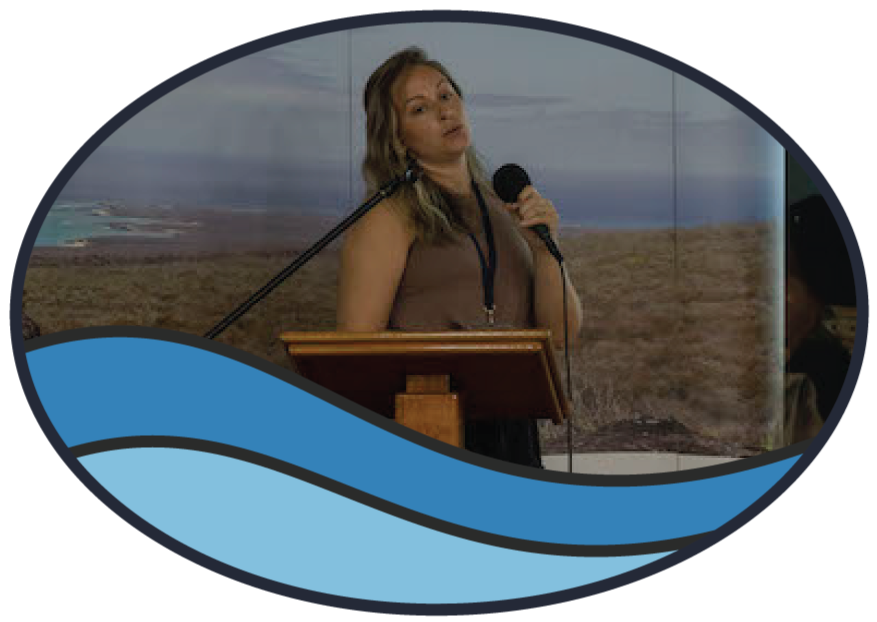
Alexi Schoenborn
University of North Carolina at Chapel Hill
How the microclimate can predict the nutrients that exist in the soil
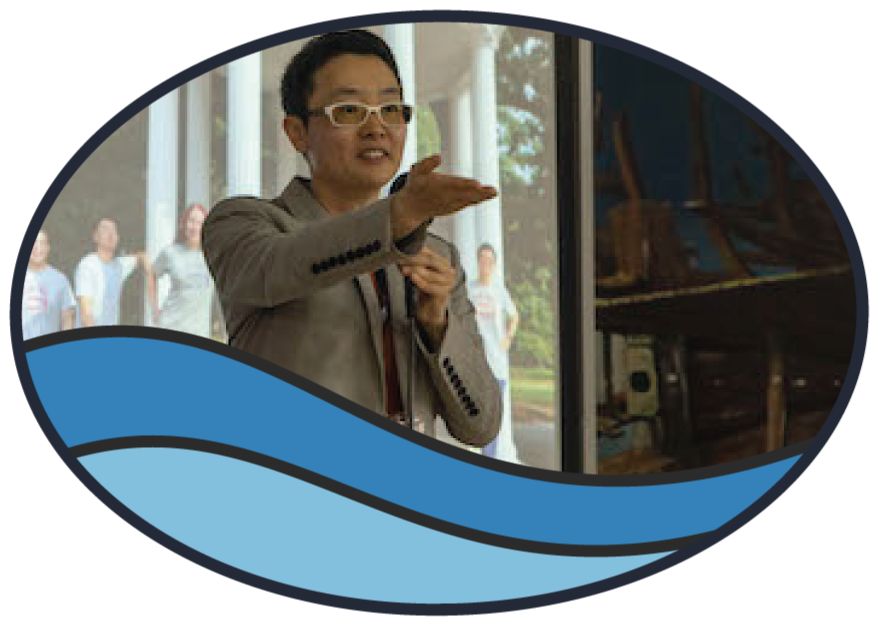
Xiao Ming Liu
University of North Carolina at Chapel Hill
Chemical and Mineralogical Composition of Soils on San Cristobal Island
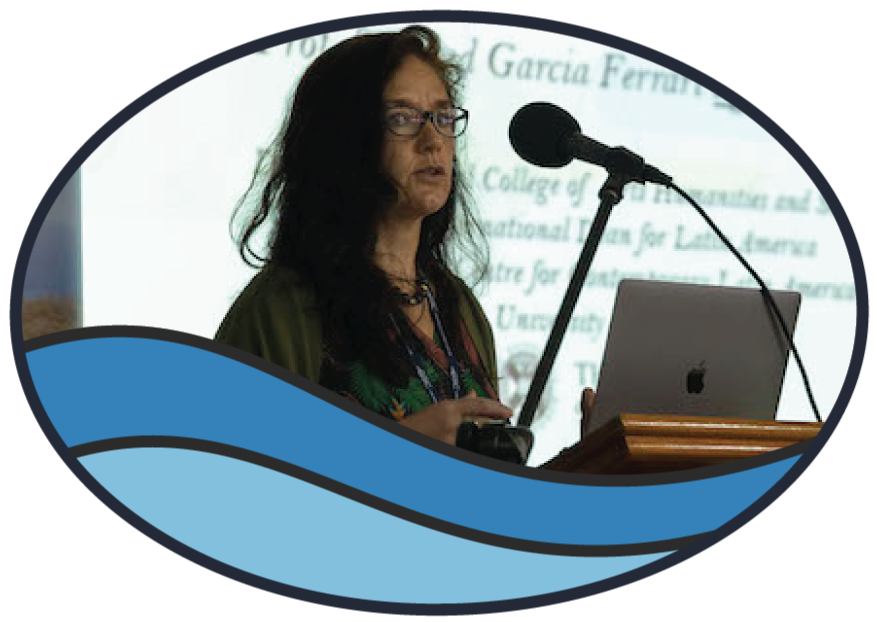
Soledad García Ferrari
Edinburgh College of Art
Soledad expounds on how her interdisciplinary research aims to build collaborative strategies and future partnerships for climate change adaptation, addressing renewable energy, sustainability, sustainability, and resilience within the archipelago.
Building resilience and innovation in Galapagos
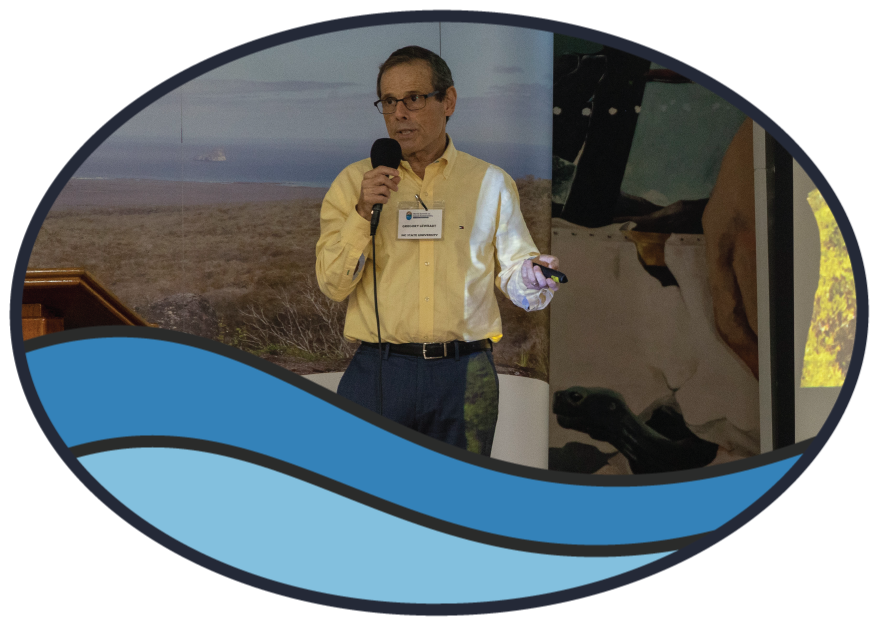
Gregory Lewbart
North Carolina State University
Gregory researches the wildlife that inhabits the Galapagos and shares more about his research into the health and importance of conservation for the biodiversity of the archipelago. Through technology and teamwork, he monitors and studies species in the Galapagos. Gregory and his team X-ray marine iguanas to understand their anatomical and physiological mechanism.
From 2014 to 2022 Wildlife Health and Conservation in the Galapagos
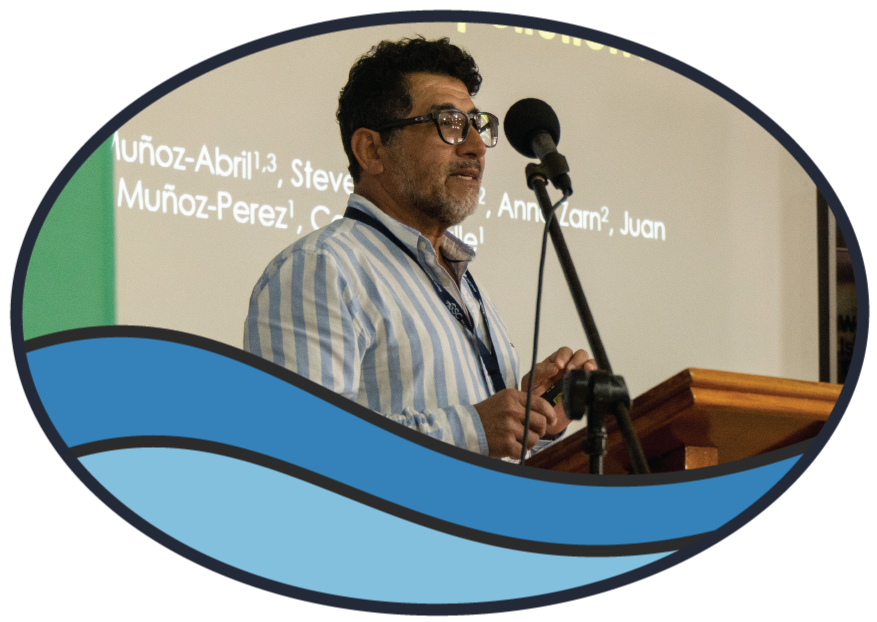
Carlos Valle
University San Franciso de Quito & University of South Alabama
Carlos tells us about the study that he and his collaborators carry out on seabirds and fish (tuna) in the Galapagos. The study shows that, despite its geographic isolation, Galapagos marine ecosystems are exposed to global pollutants such as mercury, whose levels appear to increase with the intensity of marine upwellings during La Niña scenarios.
Does Geographic Isolation Shield Them Against Global Pollution?
